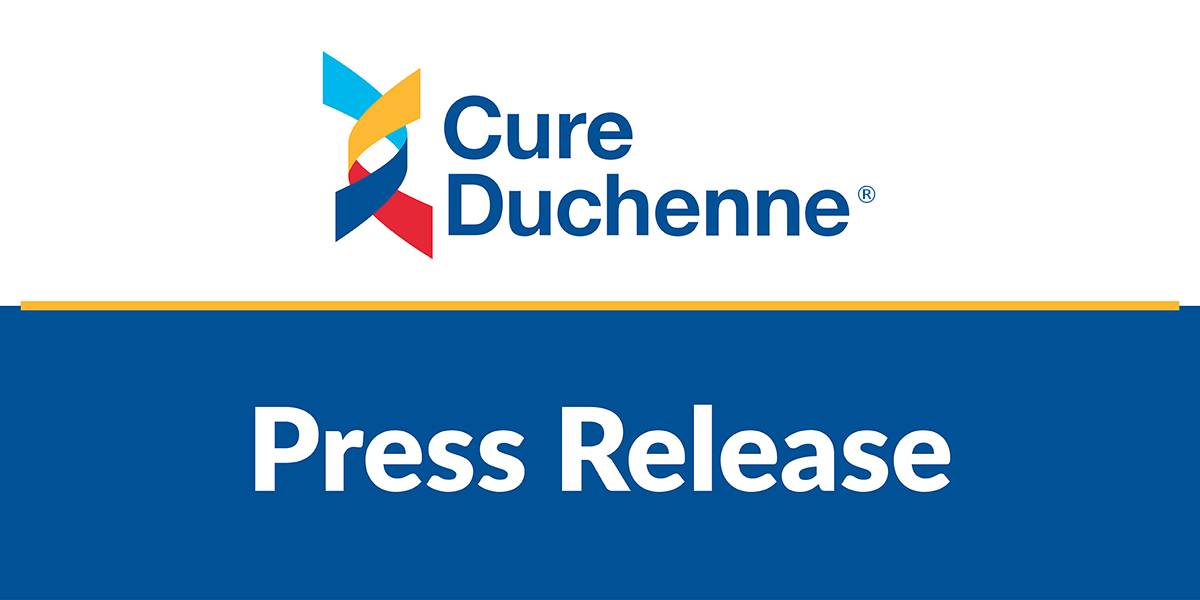CureDuchenne to Sponsor Duplication Research for Duchenne Muscular Dystrophy with Dr. Kevin Flanigan From Nationwide Children’s Hospital
Newport Ceach, Calif., December 19, 2014 – CureDuchenne, a national nonprofit that raises awareness and funds research to find a cure for Duchenne muscular dystrophy, announced today that they are sponsoring a $710,000 research project with Kevin Flanigan, M.D., principal investigator at the Center for Gene Therapy at Nationwide Children’s Hospital in Columbus, Ohio, that focuses on the development of a novel therapy for duplication mutations for Duchenne muscular dystrophy. The project will fund the production of the drug substance (an adeno-associated virus AAV9.U7) that will be used in the IND-enabling toxicology/biodistribution studies.Ì¢âÂÛ_
Dr. Flanigan’s research focuses on exon skipping for duplication mutations. Duchenne is a progressive muscle-wasting disease that is estimated to affect 1 in 3,500 boys. Muscle degeneration is due to an absence of a protein in the muscle called dystrophin. Dystrophin is a large gene with 79 exons. The exons get spliced together to form a final blueprint. In Duchenne patients, the blueprint cannot be read from start to finish so the body can’t make the protein. Exon skipping alters the splicing pattern in a gene containing a Duchenne mutation in order to restore the reading frame. This would give a boy with Duchenne a shorter, but still functional dystrophin protein. The goal is to take out the duplicated exon and make it normal, which is called a wild type dystrophin, to restore a normal blueprint.
Dr. Flanigan’s research focuses on the clinical development of an U7snRNA vector for exon 2 skipping; therapy for exon 2 duplications and the five prime mutations on the Duchenne muscular dystrophy gene. Dr. Flanigan’s lab has identified a novel element in the dystrophin gene that may allow the rescue of mutations that are way up in front of the gene – the 5’ region of the gene. This element, called the Internal Ribosome Entry Site (IRES), allows translation of a protein from a starting site within exon 6. It gives a large therapeutic window for the idea of skipping exon 2. This is because skipping of only one copy of exon 2 would give a normal gene message, and complete skipping of exon 2 would activate the IRES and result in the translation of a highly functional shorter version of the protein. These results not only provide a great deal of confidence in the usefulness of this vector for patients with duplications of exon 2, but also provide a potential treatment for any patients with mutations within the first 5 exons of the gene.
Results of Dr. Flanigan’s study were recently published in the journal Nature Medicine, and was supported by funding from CureDuchenne. In 2011, CureDuchenne provided the funding for Dr. Flanigan to create a new Duchenne mouse model with a duplication mutation of exon 2, providing the first animal model in which to directly experiment with exon skipping for duplication mutations. These results provide Dr. Flanigan’s lab with a pathway forward to treat patients with a duplication of exon 2, and also patients with mutations within the first five exons of the gene.
“CureDuchenne recognized early on the importance of our research focused on rare and duplication mutations and we wouldn’t be here today without their support,” said Dr. Kevin Flanigan. “CureDuchenne supported the development of the mouse model and the personnel to work on this research. CureDuchenne plays a vital role in funding early phase research projects to help accelerate their development.”
This new research project continues CureDuchenne’s support of Dr. Flanigan’s research and is part of CureDuchenne’s comprehensive strategy of funding Duchenne research that could potentially lead to treatments and a cure for Duchenne. CureDuchenne has funded all types of Duchenne research including exon skipping, rare mutations, stop codon, anti-fibrotic therapies, utrophin upregulation and anti-inflammatory.
Boys with Duchenne are usually diagnosed by age 5, in a wheelchair by 12 and most don’t survive their mid-20s. There is currently no cure for Duchenne.
“Dr. Flanigan’s research expands our understanding of the genetic underpinnings of Duchenne and will help uncover new paths toward a cure,” said Debra Miller, CEO and founder of CureDuchenne. “We want a cure for all affected by the disease, and that is why we have supported all duplication and rare mutations. CureDuchenne is pleased to see Dr. Flanigan’s work progress and is proud to continue to support his important work. We encourage Duchenne families and other donors to help us fund this important research.”
Learn more information about the Dr. Flanigan project at www.CureDuchenne.org/Flanigan and donate to this project. For more information on CureDuchenne go to www.cureduchenne.org or call 949-872-2552.
Follow us on Facebook, Twitter and YouTube.
About CureDuchenne
CureDuchenne is a national nonprofit organization located in Newport Beach, Calif., dedicated to finding a cure for Duchenne, the most common and most lethal form of muscular dystrophy. As the leading genetic killer of young boys, Duchenne affects more than 300,000 boys worldwide. CureDuchenne has garnered international attention for its efforts to raise funds and awareness for Duchenne. With the help of CureDuchenne’s distinguished international panel of Scientific Advisors, funds raised by CureDuchenne support the most promising research aimed at treating and curing Duchenne. To date, seven CureDuchenne research projects have made their way into human clinical trials – a unique accomplishment as few health-related nonprofits have been successful in being a catalyst for human clinical trials.
###

